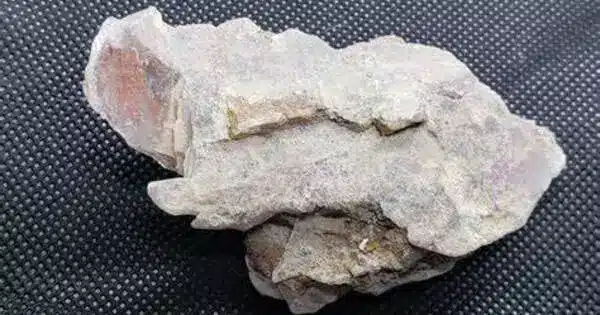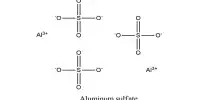Copper oxide selenite is a chemical compound with the formula Cu2OSeO3. It is an electrically insulating, piezoelectric, and piezomagnetic material that, when cooled below 58 K, transforms into a ferrimagnet. Cu2OSeO3 is the only insulating material that hosts magnetic skyrmions as of 2021. It is an electrical and magnetic semiconductor with intriguing properties. It’s used in catalysts, superconductors, solar cells, and gas sensors, among other things.
Properties
Cu2OSeO3 is a ferrimagnet, which means that all of its properties below the Curie temperature are strongly influenced by the magnetic field. As the field increases, the spin texture shifts from helical stripes to conical stripes or skyrmion lattice, and finally to a “field polarized,” i.e. ferrimagnetic alignment. Thermal conductivity reaches its maximum around 9 K, with a value of around 400 W/(m•K). Because of this property, high-frequency electronic applications benefit from low current-induced heat.
- Chemical formula: Cu2OSeO3
- Molar mass: 270.059 g/mol
- Appearance: Green dodecahedral crystals
- Density: 5.1 g/cm3
- Band gap: 2.5 eV
- Thermal conductivity: 400 W/(m·K) (9 K)
- Crystal structure: Cubic
Synthesis
Cu2OSeO3 polycrystals can be grown in vacuum by heating a 2:1 molar mixture of CuO and SeO2 powders at 600 °C for 12 hours. By using chemical vapor transport, they can be converted into olive-green single crystals about 4 mm in size. The transport agent is NH4Cl, which sublimes at 340 °C, releasing NH3 and HCl gases.
Structure
Cu2OSeO3 crystals have a cubic, distorted pyrochlore structure composed of Cu4O and SeO3 units. The spins on three Cu2+ ions in each tetrahedron (Cu1 sites) are aligned, while the Cu2 spin is facing in the opposite direction, resulting in a ferrimagnetic order. The Dzyaloshinskii-Moriya interaction causes the helical spin and skyrmion textures to emerge at low magnetic fields.
Application
It is a semiconductor material and has been studied for its potential use in electronics, such as in thin-film transistors and solar cells. It is known for its catalytic properties and can be used in various catalytic reactions in chemical processes.













